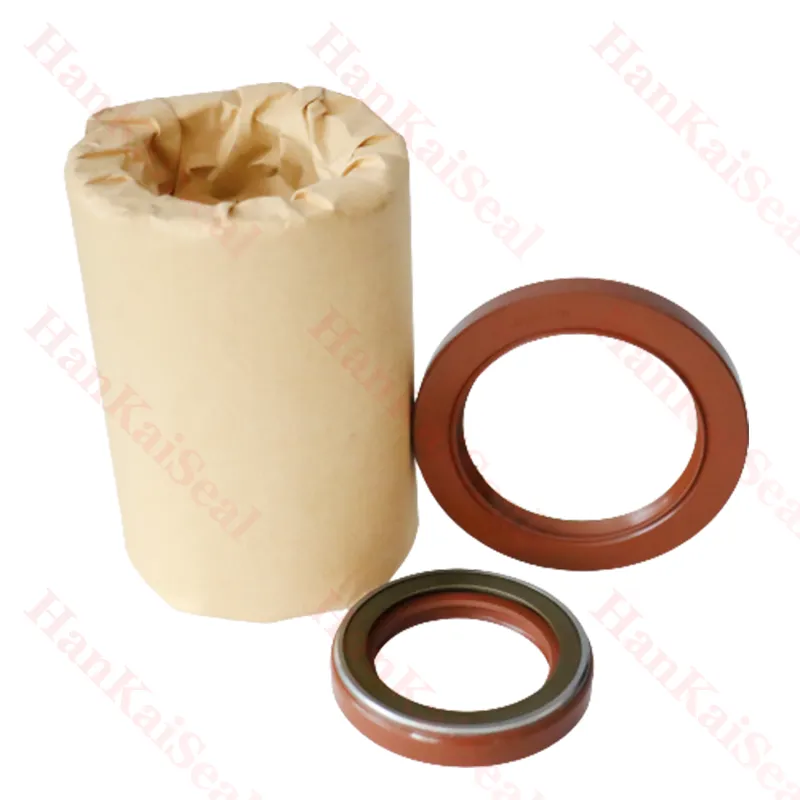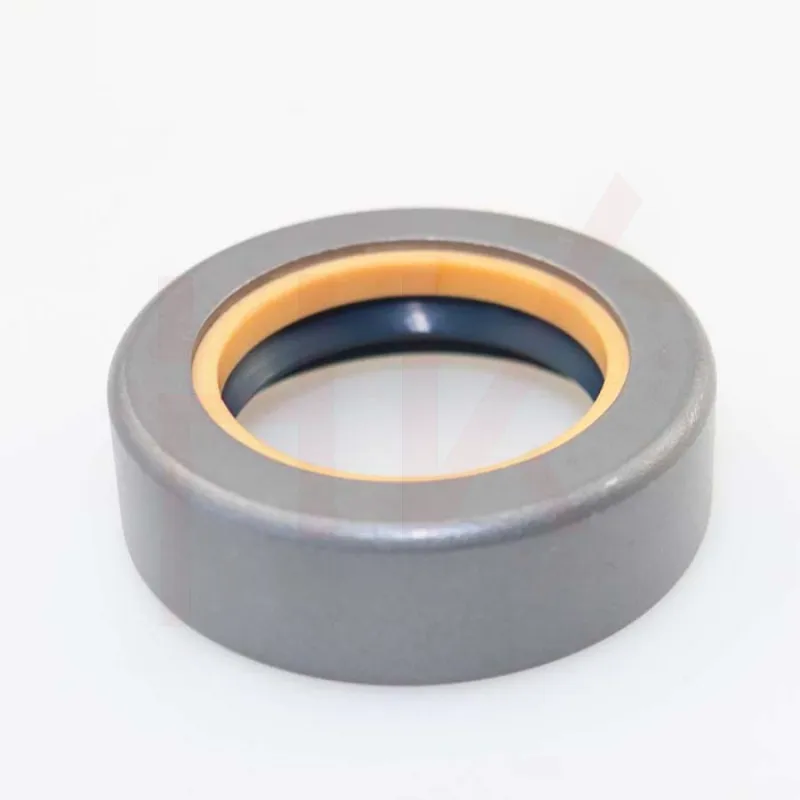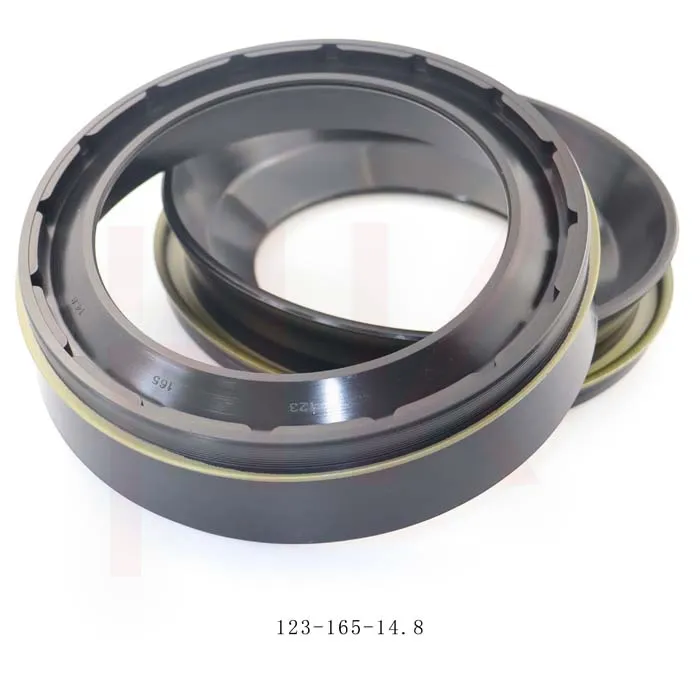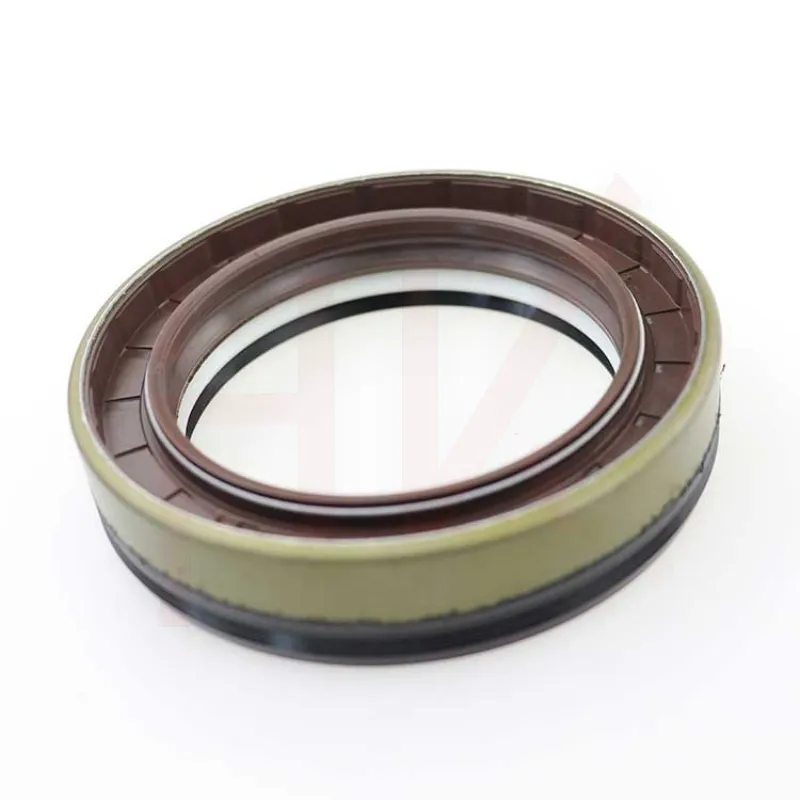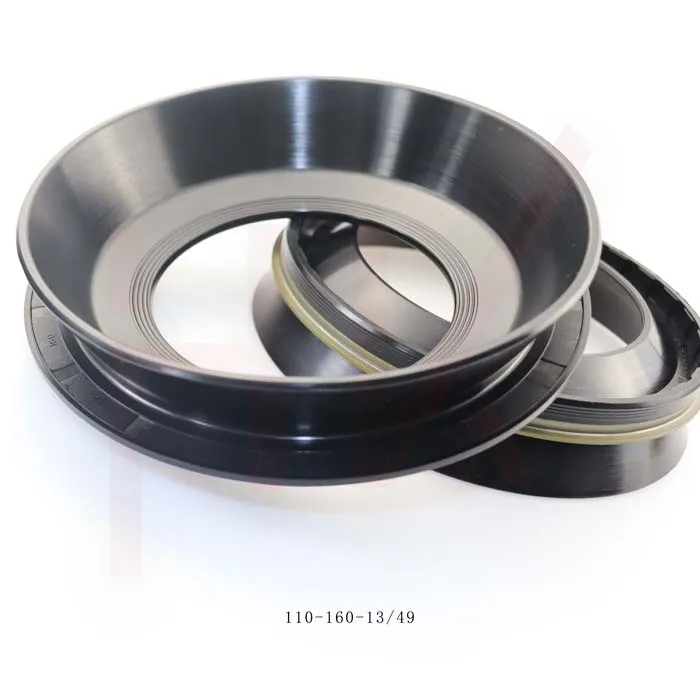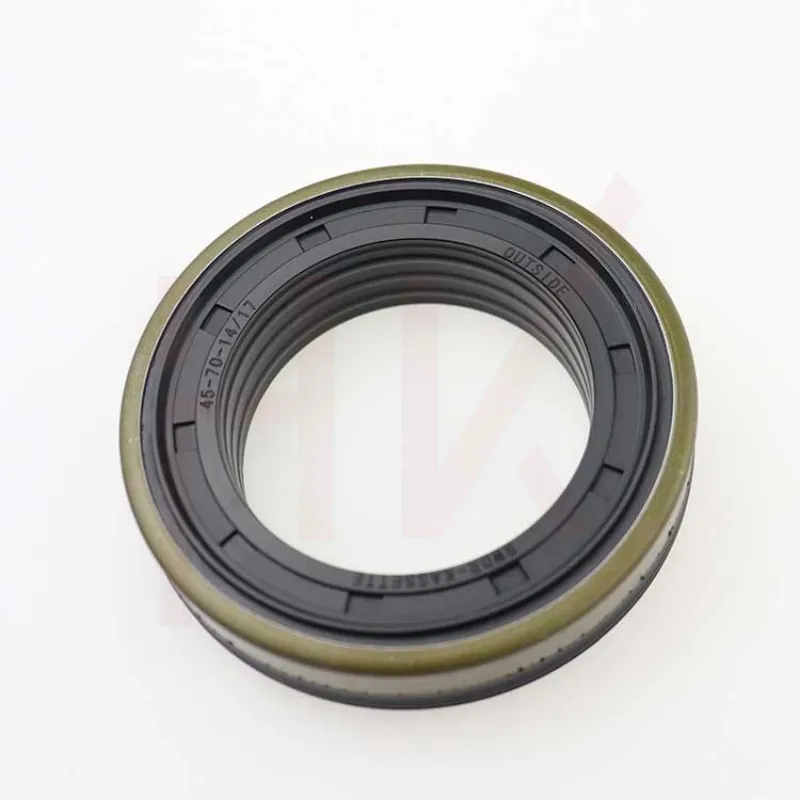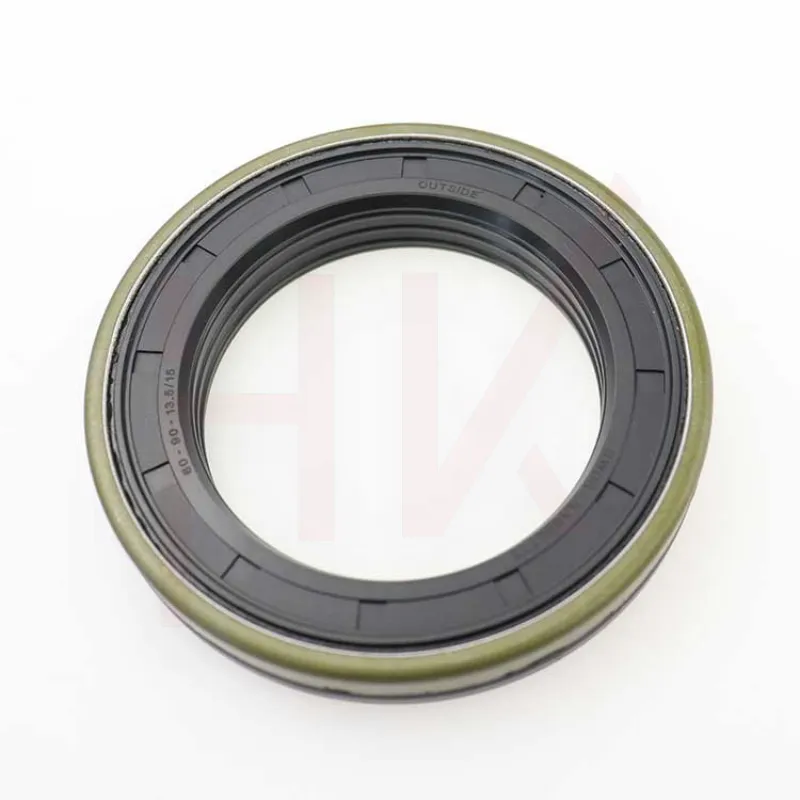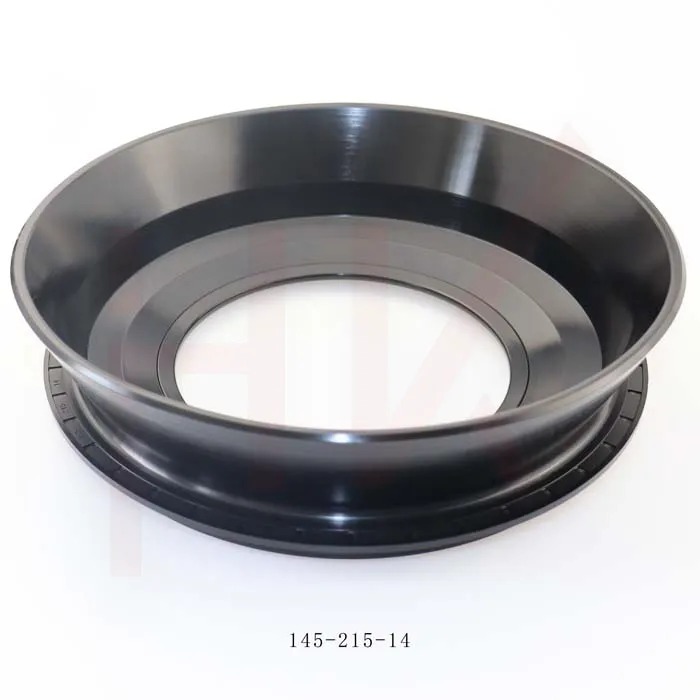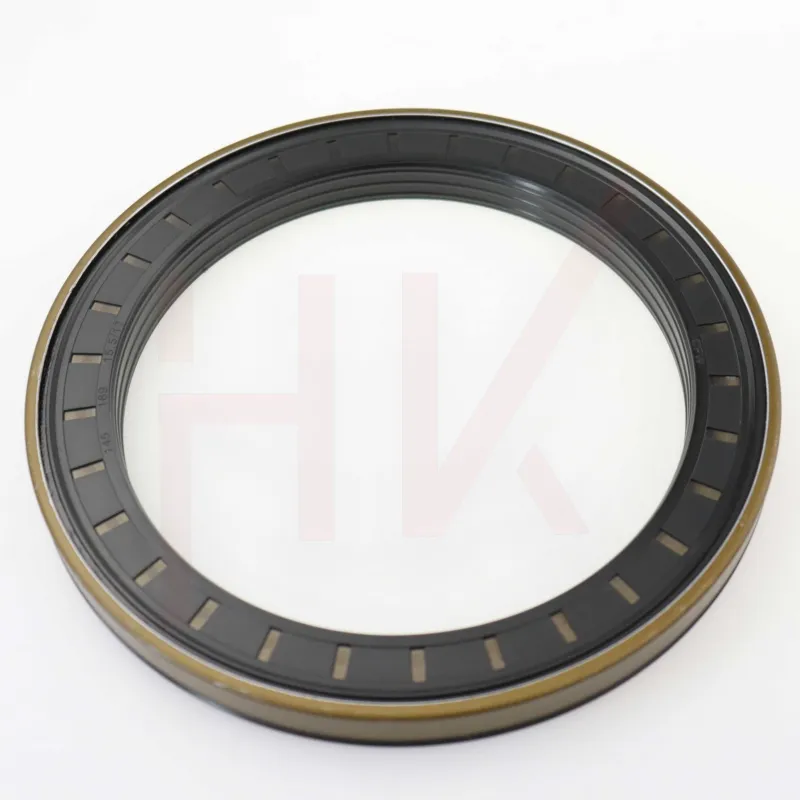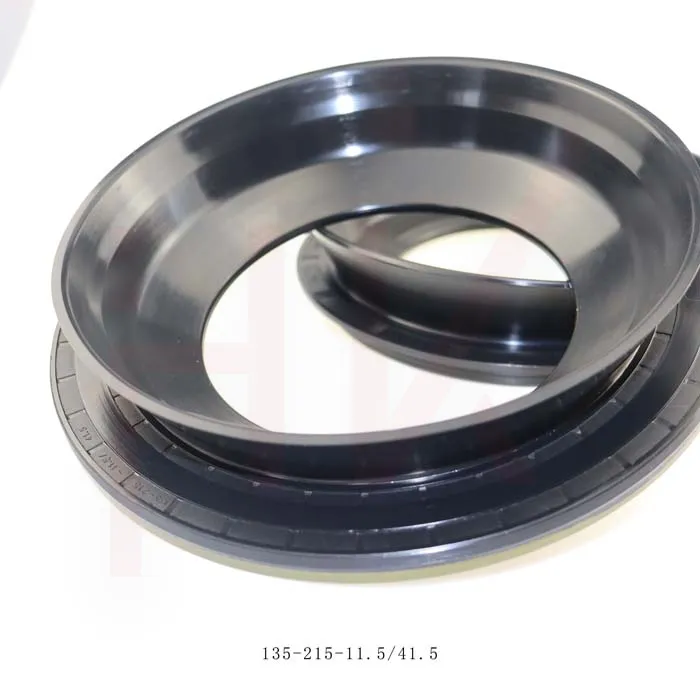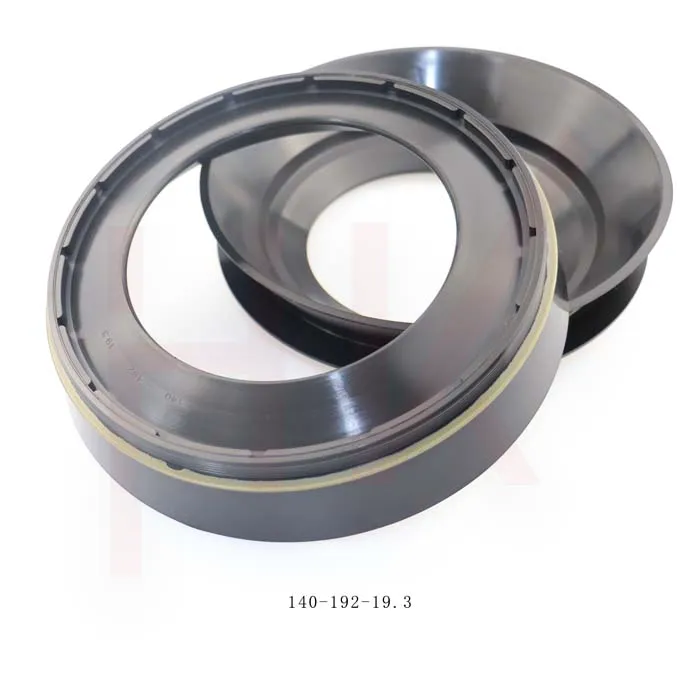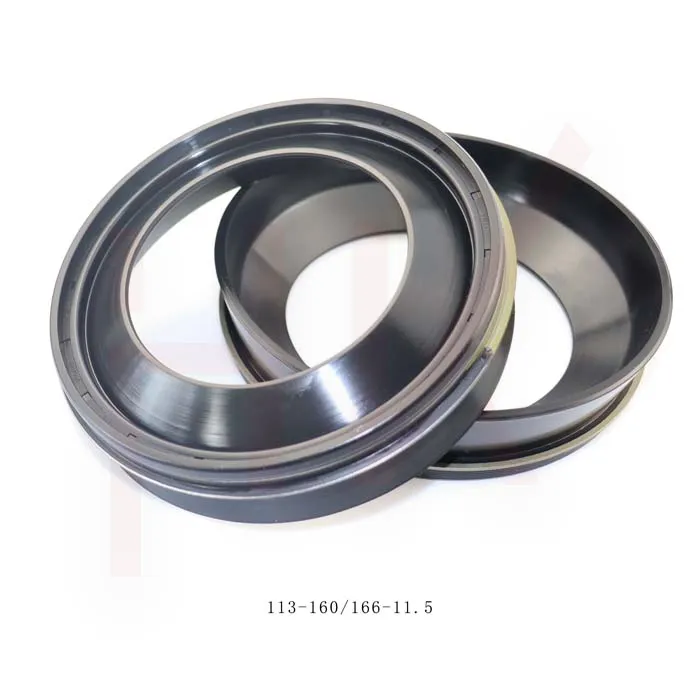Nov . 23, 2025 20:00 Back to list
Essential Guide to Wiper Seal Hydraulic Cylinders: Global Insights & Innovations
Understanding the Role of Wiper Seal Hydraulic Cylinders: Why It Matters Today
If you’ve ever stopped mid-thought to wonder how massive machinery keeps performing smoothly despite the dust, dirt, and grit flying around them, then you’re already touching on the importance of wiper seal hydraulic cylinders. These tiny yet mighty components guard hydraulic cylinders from contamination, ensuring longevity and efficiency. Globally, where industries from construction to agriculture rely heavily on hydraulics, understanding these seals isn’t just technical jargon — it’s critical to sustainability, reducing downtime, and controlling maintenance costs.
In a world leaning evermore into mechanisation, with global equipment markets expected to soar in value (the World Bank notes a steady uptick in infrastructure investments especially in Asia-Pacific and Africa), the stakes for reliable hydraulic systems are high. Dirty or damaged seals might stop progress in its tracks.
Mini takeaway: Wiper seal hydraulic cylinders are small but essential players in keeping industrial machines clean and operational, impacting everything from global infrastructure projects to everyday farming equipment.
Hydraulic Cylinders and Wiper Seals: A Global Perspective
Hydraulic cylinders convert fluid power into mechanical force, powering everything from bulldozers plowing through earth to cranes hoisting containers in busy ports. The global hydraulic machinery market was valued at over $46 billion in 2022, projected to grow steadily. With that comes a promise but also a challenge: how to keep these forceful machines running unhindered.
One pesky problem is contamination — dirt, sand, and water invading the cylinder, causing wear and eventually failure. Here’s where the wiper seal hydraulic cylinder comes in, literally wiping that threat away, preventing everything from marginal efficiency dips to catastrophic breakdowns.
In harsh environments — think oil rigs off the coast of Norway or dust-choked mines in Australia — a robust wiper seal extends equipment life and cut costs, directly supporting global industrial ambitions and sustainability goals outlined by standards bodies like ISO 12109.
Mini takeaway: Given the global expansion of machinery usage in demanding contexts, wiper seals act like silent sentinels against contamination, safeguarding vital operations.
What Exactly Is a Wiper Seal in a Hydraulic Cylinder?
Simply put, a wiper seal (sometimes called a scraper seal) is a ring-shaped component fitted at the cylinder’s rod end. Its job? Wiping dirt and moisture from the piston rod as it retracts, so contamination doesn’t sneak inside.
Technically, it sits outside the cylinder, in direct contact with the rod, made from materials resilient to abrasion and chemicals — like polyurethane or nitrile rubber. It’s a frontline defender safeguarding hydraulic fluid integrity and internal surfaces.
Modern industries — from agricultural machinery manufacturers in Germany to humanitarian equipment suppliers supporting remote disaster zones — depend on these seals to guarantee equipment remains reliable, safe, and long-lasting, even under punishing conditions.
Mini takeaway: The wiper seal acts like a mechanical garbage collector, ensuring no unwelcome particles compromise the hydraulic cylinder’s performance.
Key Characteristics That Define a Quality Wiper Seal Hydraulic Cylinder
Durability
Many engineers swear by polyurethane seals over classic nitrile because of their abrasion resistance — key when you have grit acting like sandpaper during every stroke. A quality wiper seal endures countless cycles without losing flexibility or cracking.
Material Compatibility
The seal must withstand hydraulic oils, water exposure, and even chemical cleaners — without degrading. Oddly enough, sometimes a seal that’s too stiff can cause wear elsewhere, so materials must find that Goldilocks zone.
Ease of Installation & Replacement
Quick swaps reduce downtime. Manufacturers innovate with snap-fit designs or segmented seals to accelerate repairs on heavy equipment.
Environmental Resistance
Whether freezing temperatures in Canada or scorching heat in the Middle East, a reliable wiper seal resists weathering, UV rays, and ozone impacts.
Cost Efficiency
While premium seals may cost more upfront, their lifespan and protective capabilities reduce long-term maintenance expenses — making economic sense for fleet operators.
| Specification | Typical Value/Range |
|---|---|
| Material | Polyurethane, Nitrile Rubber, PTFE variants |
| Temperature range | -40 °C to +120 °C (varies by material) |
| Rod diameter compatibility | 6 mm to 500 mm+ |
| Typical hardness (Shore A) | 70-90 (depending on compound) |
| Chemical resistance | Hydraulic oils, water, mild acids |
| Average lifecycle (cycles) | Up to 1 million+ (with optimal conditions) |
Mini takeaway: Wiper seal specifications blend resilience and adaptability, tailored to demanding environments and a broad scope of applications.
Global Applications of Wiper Seal Hydraulic Cylinders
Their use spans across:
- Construction & Heavy Machinery: Protecting excavators and loaders operating in muddy or dusty terrain from rapid wear.
- Agricultural Equipment: Ensuring precision extensions in harvesters and tractors which often toil in wet, soil-heavy conditions.
- Marine & Offshore: Critical in hydraulic systems aboard ships and offshore rigs, resisting saltwater corrosion.
- Disaster Relief & Humanitarian Aid: Emergency machinery for debris clearing or water pumps in regions hit by natural calamities benefits from durable, easy-to-replace seals.
- Manufacturing Plants: Automated lines deploying hydraulic presses or lifts require contamination-free systems.
For example, after the 2020 floods in South Asia, emergency dewatering pumps equipped with premium wiper seals from reputable brands ran longer with fewer failures, speeding recovery efforts.
Mini takeaway: Across continents and industries, these seals quietly enable vital machinery to keep running smoothly even when conditions push them to the edge.
Advantages & the Long-Term Value of Wiper Seal Hydraulic Cylinders
Their benefits go deeper than just keeping dirt out:
- Cost Savings: Less unscheduled maintenance means fewer lost workdays and lower repair bills.
- Sustainability: Extending equipment life reduces the need for replacement parts, cutting waste and environmental impact.
- Safety & Trust: Predictable machine behavior thanks to reliable seals helps protect operators and site workers.
- Innovation & Adaptability: Manufacturers producing customizable seals can tailor solutions, increasing efficiency across sectors.
- Performance Consistency: Clean hydraulics equal smooth actuation and precise control, critical for many applications.
Mini takeaway: The ripple effect of a quality wiper seal reaches from the machine’s core to the entire operational ecosystem, balancing economy, safety, and environmental responsibility.
Looking Ahead: Emerging Trends & Innovations
Technology doesn’t stand still here, either:
- Smart Materials: Research into self-lubricating and wear-sensitive seals could transform maintenance routines.
- Eco-friendly Compounds: The push for biodegradable or less toxic materials is strong, aiming to meet stricter environmental standards.
- Enhanced Automation & Monitoring: Some new cylinders feature sensors that monitor seal health in real-time, helping pre-empt failures.
- Customization: 3D printing and advanced molding techniques enable bespoke seal geometries tailored for unique cylinder designs.
The race for greener, smarter hydraulics ultimately depends on incremental parts — the wiper seal included — to push whole machines into the future.
Challenges and How the Industry Is Tackling Them
While seals are simple in concept, real-world use reveals wrinkles:
- Material Fatigue: Even the best seals wear out; manufacturers are balancing cost with lifespan.
- Environmental Extremes: Very abrasive or corrosive environments can shorten seal life unpredictably.
- Installation Errors: Improper fitting often leads to premature failure.
Solutions include more robust design guidelines, advanced materials testing, and enhanced training for technicians. Actually, many end-users now prefer seals with modular designs to ease field servicing.
Vendor Comparison: Wiper Seal Hydraulic Cylinder Providers
| Vendor | Material Types | Customization Options | Typical Lead Time | Price Level |
|---|---|---|---|---|
| KaiSeal | Polyurethane, PTFE blend | High (custom sizes & compounds) | 2-3 weeks | Mid-range |
| SealTech Co. | Nitrile, Polyurethane | Medium (common sizes) | 1-2 weeks | Budget |
| HydroSafe Ltd. | Advanced composites (custom) | Very High (tailored solutions) | 3-5 weeks | Premium |
FAQs: What You Might Wonder About Wiper Seal Hydraulic Cylinders
1. How often should I replace the wiper seal on my hydraulic cylinder?
Replacement intervals depend on usage and environment. Generally, seals should be inspected every 6 months, with replacement around 1-2 years for heavy-duty applications. Harsh conditions may call for more frequent changes to avoid cylinder damage.
2. Can I use a standard wiper seal across different cylinder models?
While some standard sizes fit many cylinders, using a seal specifically designed for your cylinder’s diameter and operating conditions ensures optimal protection and performance.
3. What is the main difference between a wiper seal and other hydraulic seals?
The wiper seal primarily prevents external contamination from entering, whereas other seals, like rod or piston seals, prevent internal fluid leakage. Think of the wiper as the first line of defense.
4. Are there eco-friendly wiper seal options available?
Yes. New materials focusing on biodegradability and lower environmental impact are emerging, aligning with sustainability initiatives championed by ISO and other bodies.
5. How can NGOs or international suppliers procure reliable wiper seals for relief equipment?
Working through trusted manufacturers like wiper seal hydraulic cylinder specialists with export experience is key. Certifications and clear product specs help smooth customs and logistics.
Conclusion: Quality Wiper Seals — The Unsung Heroes of Hydraulic Reliability
In essence, wiper seal hydraulic cylinders are a quiet but vital cog in the machinery driving global industries forward. Their impact on performance, safety, and sustainability is profound, even though they tend to go unnoticed until failure strikes. For companies and operators aiming for longevity and cost-efficiency, investing time and thought into selecting the right wiper seals is truly worthwhile.
Interested in upgrading or learning more? Visit our website for detailed product information, customization options, and expert support tailored to your hydraulic equipment needs.
Mini takeaway: Don’t underestimate the lowly wiper seal—it’s a small piece that offers big returns in reliability and peace of mind.
References
This is the last article
-
Reliable Oil Seal Wheel Hub Solutions for Industrial & Automotive Use
NewsNov.17,2025
-
Durable Front Hub Oil Solutions for Industry – HKAiSeal
NewsNov.17,2025
-
Wholesale Hydraulic Pump Motor Seal Kit A4VSO250 | In Stock
NewsNov.17,2025
-
Pump Seal Kits: Essential Components for Industrial Reliability
NewsNov.17,2025
-
TCV Oil Seal - Double-Lip, Spring-Loaded, High Temp & Wear
NewsNov.17,2025
-
Hydraulic Seal Kits: Reliable Solutions for Industrial Equipment
NewsNov.17,2025
-
Combined oil seal 659214 12001903B, fits 119990, NBR OEM
NewsNov.17,2025
Products categories

